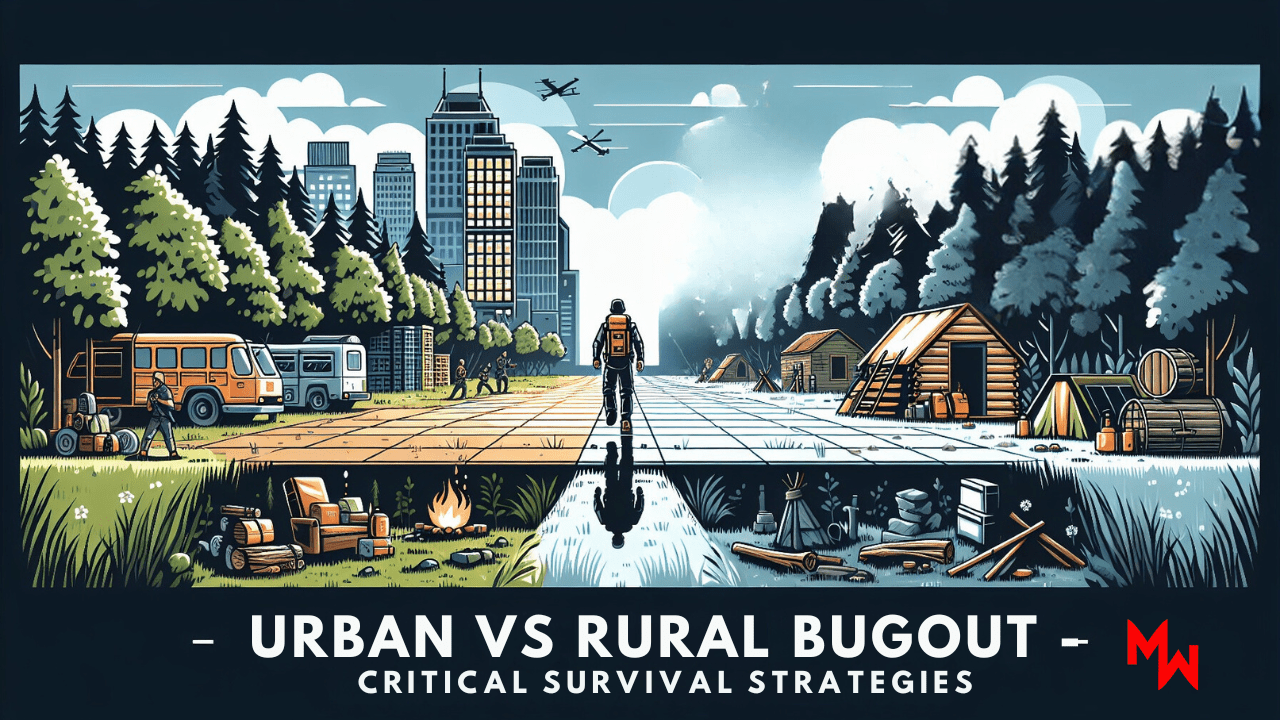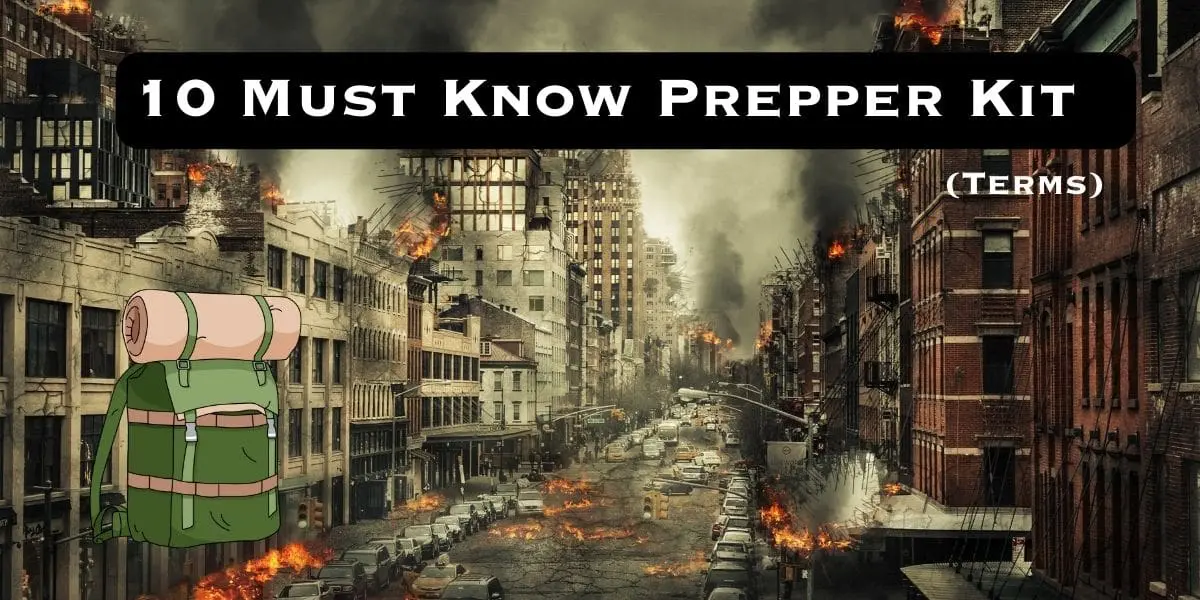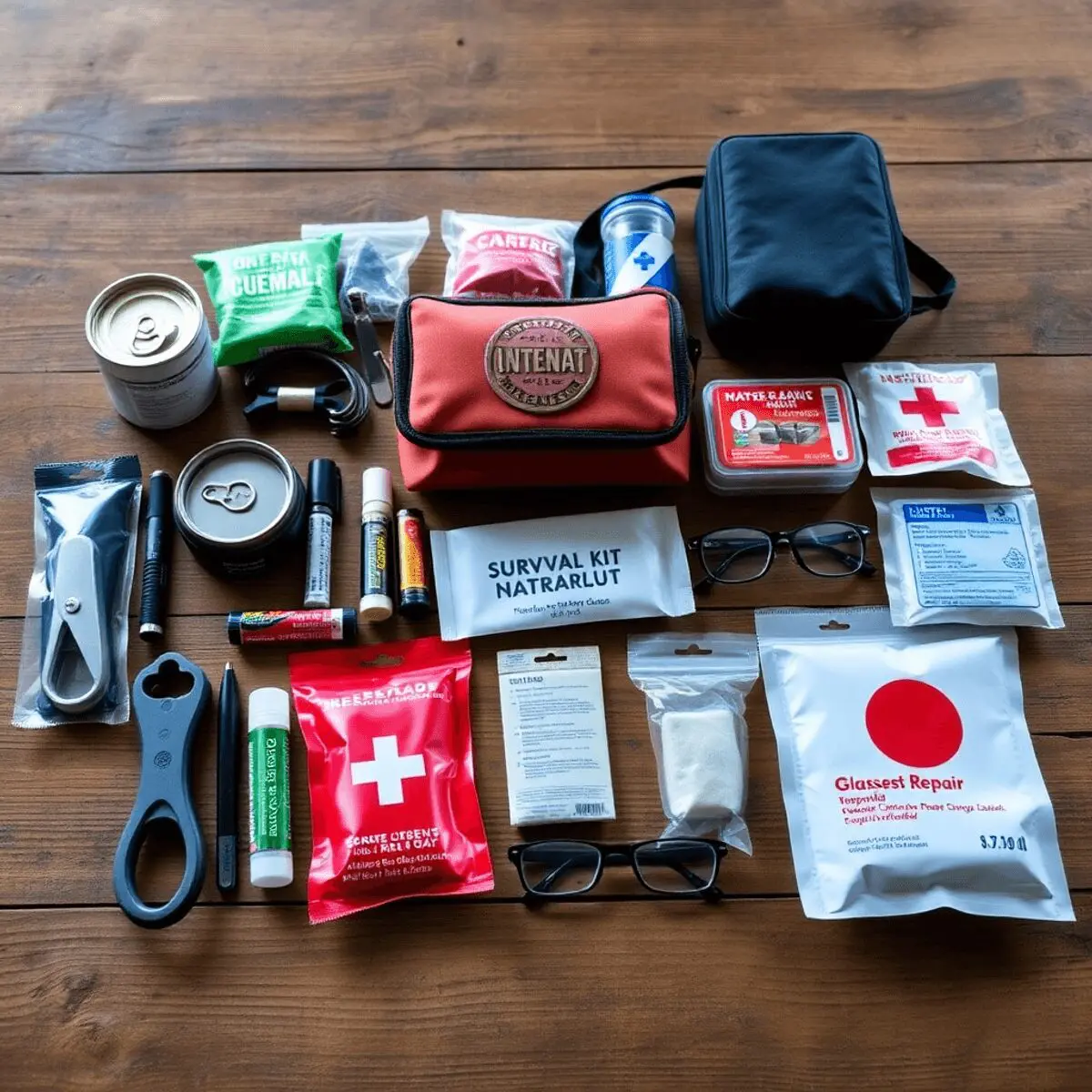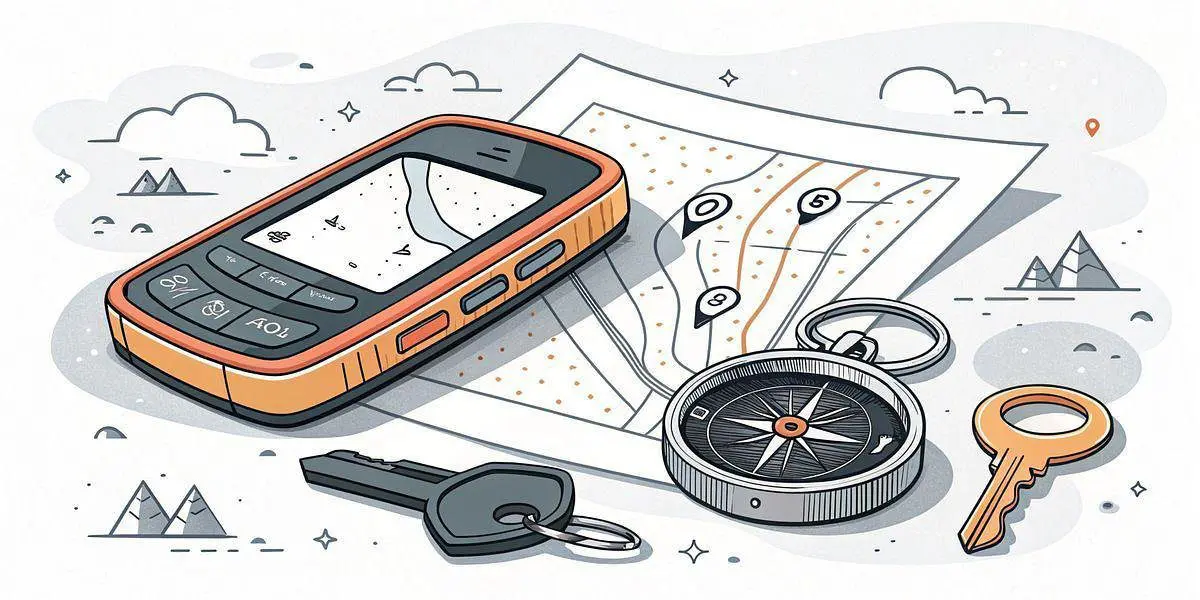When disaster strikes, your location dictates your survival strategy. Urban and rural environments present unique challenges, and understanding these differences is crucial for preparedness. A well-planned bug out route and destination are essential. Your choice can determine your success or failure.
Look at The Earthquake: Urban vs. Rural
Imagine a major earthquake hitting a city. Skyscrapers crumble. Roads become impassable. Panic erupts in the streets.
Now, picture the same earthquake in a remote farming community. While damage still occurs, the impact is different and typically less chaotic. Open spaces and self-sufficiency offer a degree of protection. Your bug out location should be a safe haven, where you can access resources.
Resources Such As
- Water: Vital for survival.
- Food: Necessary for sustenance.
- Shelter: Critical for protection against elements.
Consider the distance to your bug out location, factor in potential obstacles and travel time. Choosing the right strategy is crucial. It’s about more than just reaching a destination; it’s about surviving the journey and thriving in the aftermath.
Let’s Look At Both Bug Out Strategies Below

Urban Bug Out Strategies
Challenges in Urban Environments
Urban environments pose unique challenges:
- High Population Density: More competition for resources.
- Congested Transportation Routes: Movement can be very limited.
- Increased Crime: Crime often spikes in disaster situations.
The key to urban bug out is speed and stealth. Blend in with the crowds and avoid attracting attention. A low profile is crucial. Your goal is to move quickly and quietly through and out of the city.
Key Strategies
- Multiple Escape Routes: Familiarize yourself with several.
- Cache Supplies: Stash essential supplies along your route.
- Emergency Hide Sites: Designate spots for temporary concealment.
Consider alternative transportation methods. A bicycle or even a sturdy pair of shoes might be more reliable than a car.
“Urban bugging out is about outmaneuvering the chaos. It’s about knowing your environment and using it to your advantage.”
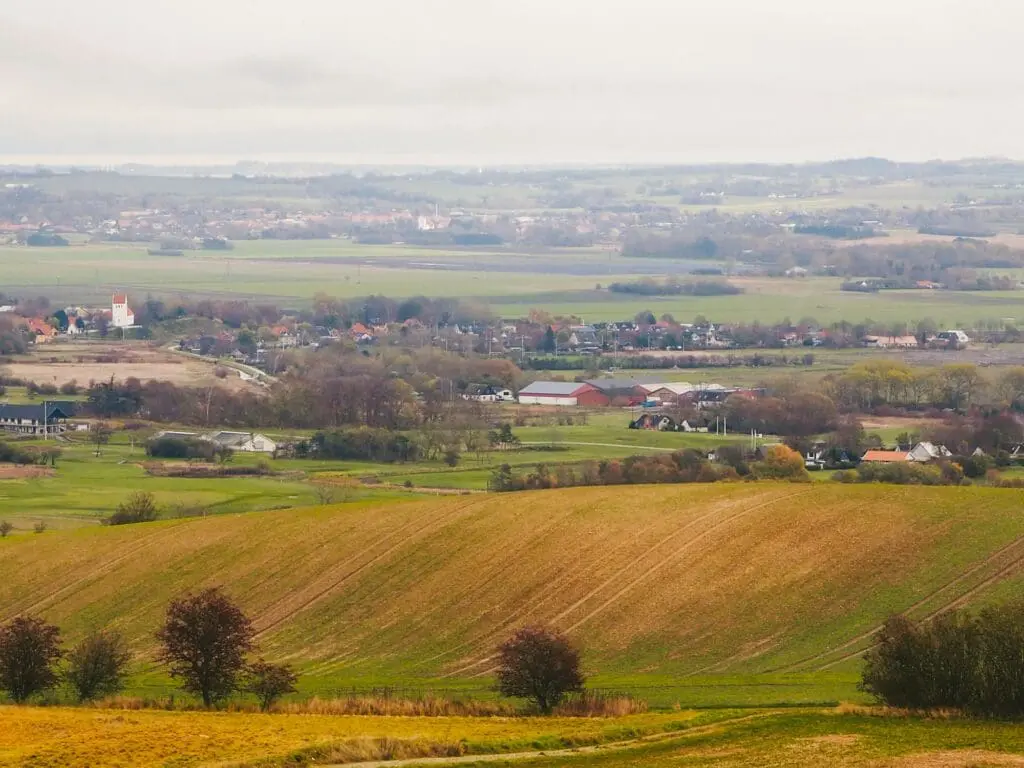
Rural Bug Out Strategies
Advantages and Challenges
Rural bugging out offers a different set of advantages and challenges. While you may face fewer crowds, the wilderness itself becomes the adversary. Isolation means relying on your skills and resources.
Essential Skills and Tools to Master
- Navigation: A compass and topographic maps are essential, as well as knowing how to use them.
- Shelter Building: Know how to construct a basic shelter from natural materials.
- Water Procurement: Learn to find, acquire, and purify water from natural sources.
- Fire Starting: Crucial for warmth, light, and cooking.
Rural bugging out requires self-sufficiency and wilderness survival skills. Mastering these skills ensures your survival regardless of your bug out location.
Universally Important Gear and Skills
Certain gear and skills are universally important for both urban and rural bug out scenarios. Below are some such examples:
Essential Gear
- Durable Backpack: To carry your supplies and gear.
- Water Filtration and Purification Methods: Non-negotiable.
- First Aid Kit: With essential medical supplies.
- Food Rations: For sustenance during transit.
- Multi-tool: With a knife, saw, and other tools.
- Weather-appropriate Clothing and Sturdy Footwear: Essential for protection.
- Fire Starter (e.g., ferro rod): Crucial for warmth and cooking.
Small Dog Emergency Survival Kit - Bug Out, Emergency, Travel Kits, First Aid - Basic
Essential Skills
- First Aid Knowledge: Learn to treat injuries and illnesses.
- Basic Navigation Skills: Even in urban environments.
- Self-defense Training: To protect yourself and your loved ones.
Preparation is not just about having gear; it’s about knowing how to use it effectively. There is no one-size-fits-all approach to bugging out.

Tailoring Your Bugout Strategy
Your strategy should be tailored to your specific circumstances. Consider:
- Family or Group Size: The number of people you need to plan for.
- Physical Abilities: The physical capabilities of yourself and your group.
- Available Resources: What you have on hand.
Factor in potential threats specific to your region and situation. For example, preparations for an earthquake will differ from those for a hurricane or social unrest.
Continuous Improvement
Regularly review and update your bug out plan. Practice your skills and ensure your gear is in good working order. Communicate your plan with your family or group, and ensure everyone understands their roles and responsibilities. Involve your family in the preparedness process, train them with essential skills, and make it a shared responsibility.
The Survivors’ Mindset
A successful bug out is more than just a physical journey; it’s a mental and emotional challenge. Cultivating a survivor’s mindset is crucial. This means developing:
- Resilience: The ability to recover from setbacks.
- Adaptability: Willingness to adjust your strategy as needed.
- Resourcefulness: Making do with what you have.
Prepare yourself for the unexpected. Things rarely go according to plan in a crisis. Embrace the importance of continuous learning, and seek out new information and skills to enhance your preparedness. Connect with like-minded individuals and expand your prepping network. Join preparedness groups or online communities to share knowledge and support.
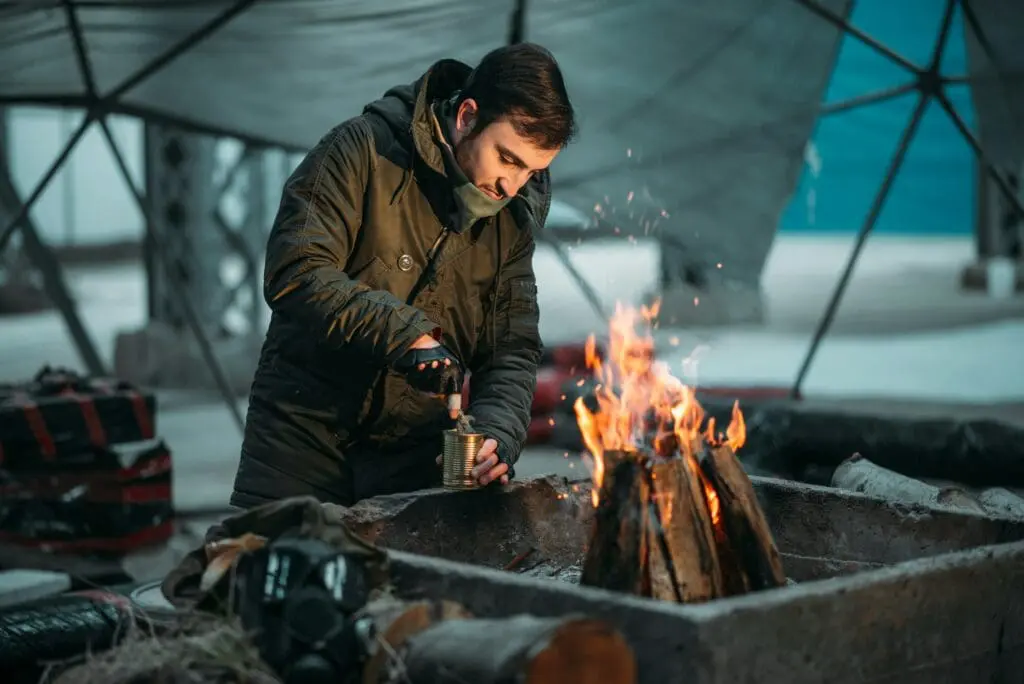
“Remember, preparedness is an ongoing journey, not a destination. By taking proactive steps and embracing the survivor’s mindset, you can face the unknown with confidence.”
By understanding the distinct challenges of urban and rural environments, tailoring your strategy to your specific circumstances, and continuously improving your skills and knowledge, you can ensure that you are always ready to face whatever comes your way.

